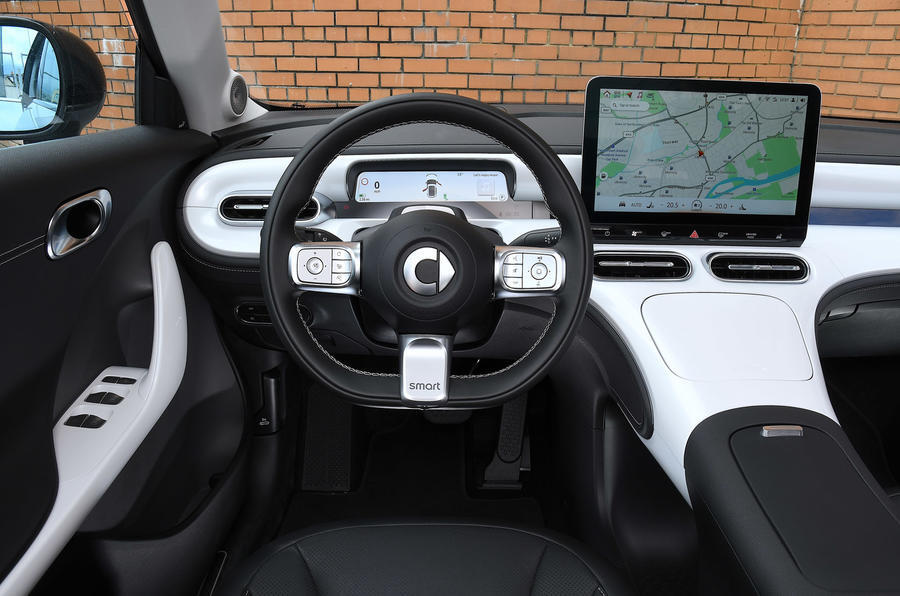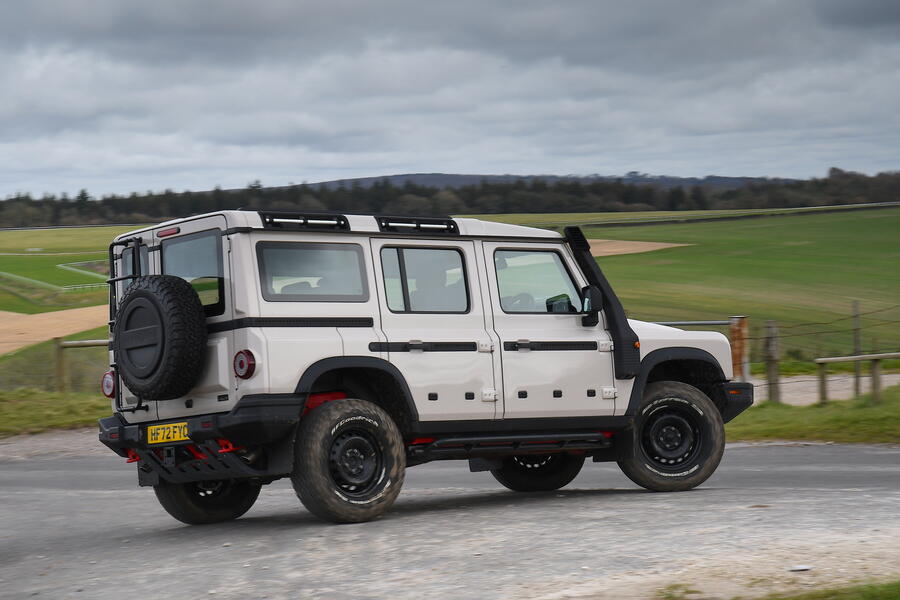In my opinion, Smart has always been the more approachable side of Mercedes-Benz.
Although I believed that the original small City Coupé two-seater was a better concept in theory than in reality, I still admired the idea and the ingenuity behind it.
If everyone drove lightweight Smarts instead of bulky SUVs, the world would have been grateful and we would have had more fun on the roads.
Above all, I appreciated the friendly atmosphere that Smart exuded. While other Mercedes models were serious and practical, Smart, which was initially a collaboration between Mercedes and Swatch known for its trendy watches, had a funky and accessible appeal. Even when it lost its charm, it remained forward-thinking and transitioned into an all-electric brand in 2019.
Now, there is a possibility that Smart, despite its merger with Mercedes and Geely to become a compact SUV manufacturer, will continue to lead in terms of trends. However, this time it involves a rather concerning trend…
The Smart #1, like most new cars, can receive software updates over-the-air. In the future, early customers may find that their car’s touchscreen can suddenly mirror their phone through a free download.

Subsequently, another update will be released, but Smart UK has not decided on how it will handle it yet.
The #1 model currently has a heated steering wheel, but its functionality has not been activated. When the time comes, it could either be a surprise addition or, more alarmingly, customers might be required to pay for it, either permanently, as a one-off payment, or as a subscription service where you pay for it in winter but not in summer.






